Judge extends order barring the Trump administration from firing federal workers during the shutdown.
U.S. District Judge Susan Illston granted a preliminary injunction that bars the firings while a lawsuit challenging them plays out. She had previously issued a temporary restraining order against the job cuts that was set to expire Wednesday.
Illston, who was nominated by Democratic President Bill Clinton, has said she believes the evidence will ultimately show the mass firings were illegal and in excess of authority.
Federal agencies are enjoined from issuing layoff notices or acting on notices issued since the government shut down Oct. 1. Illston said that her order does not apply to notices sent before the shutdown.
The Republican administration has slashed jobs in education, health and other areas it says are favored by Democrats. The administration has also said it will not tap roughly US$5 billion in contingency funds to keep benefits through the Supplemental Nutrition Assistance Program, commonly referred to as SNAP, flowing into November.
The American Federation of Government Employees and other labor unions have sued to stop the “reductions in force” layoffs, saying the firings were an abuse of power designed to punish workers and pressure Congress.
Lawyers for the government say the district court does not have the authority to hear personnel challenges, and that Trump has broad authority to reduce the federal workforce as he pledged to do during the campaign.
“The president was elected on this specific platform,” said Assistant U.S. Attorney Michael Velchik. “The American people selected someone known above all else for his eloquence in communicating to employees that you’re fired, this is what they voted for.”
Trump starred on a long-running reality TV series called “The Apprentice” in which his signature catchphrase was telling candidates they were fired.
About 4,100 layoff notices have gone out since Oct. 10, some sent to work email addresses that furloughed employees are not allowed to check. Some personnel were called back to work, without pay, to issue layoff notices to others.
Democratic lawmakers are demanding that any deal to reopen the federal government address expiring health care subsidies that have made health insurance more affordable for millions of Americans. They also want any government funding bill to reverse the Medicaid cuts in Trump’s big tax breaks and spending cuts bill passed this summer.
Republican House Speaker Mike Johnson has refused to negotiate with Democrats until they first agree to reopen the government.
This is now the second-longest shutdown in U.S. history.
The longest shutdown occurred during Trump’s first term over his demands for funds to build the U.S.-Mexico border wall. That one ended in 2019 after 35 days.
Janie Har, The Associated Press


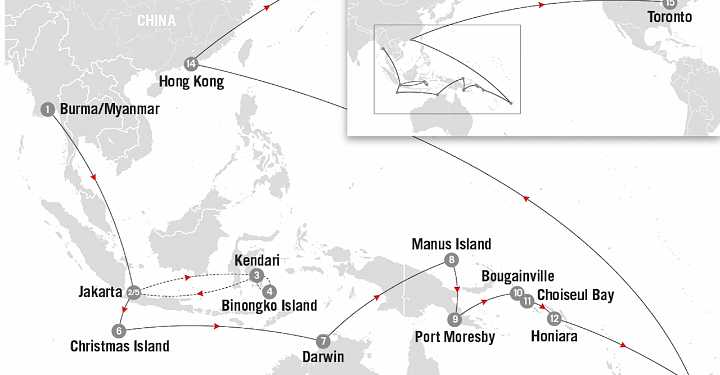


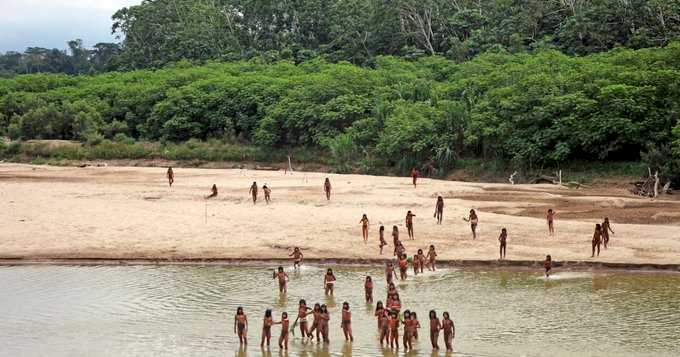
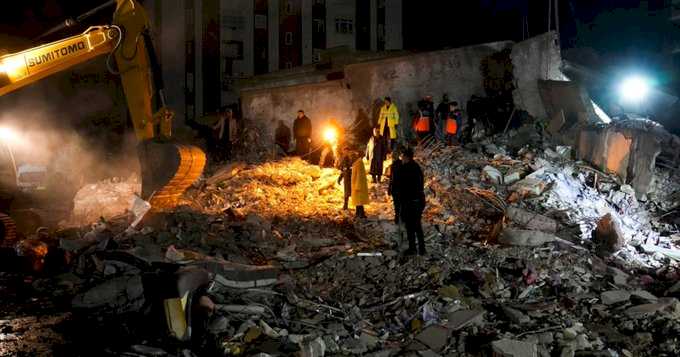
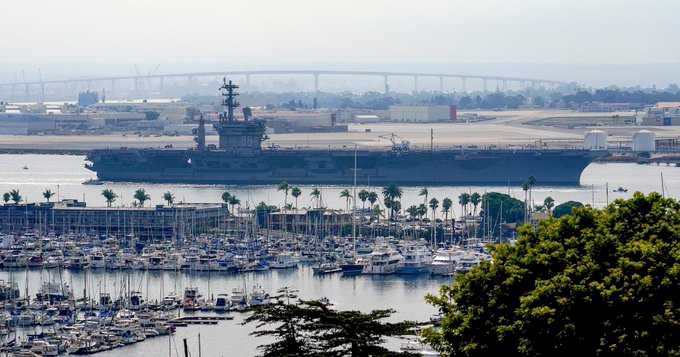
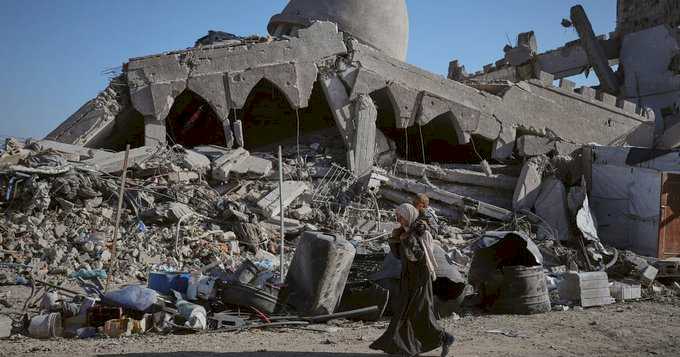
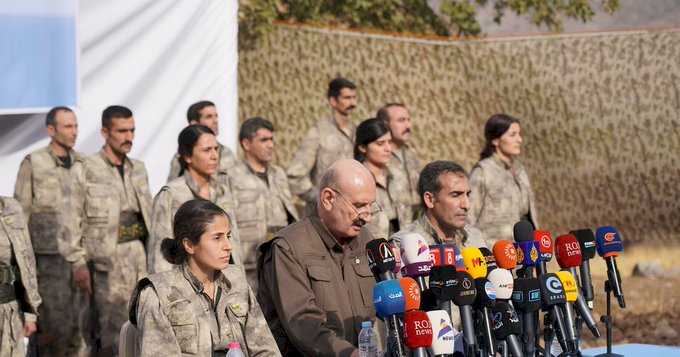


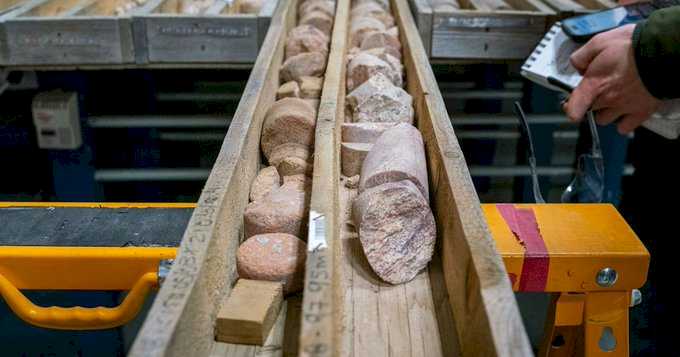
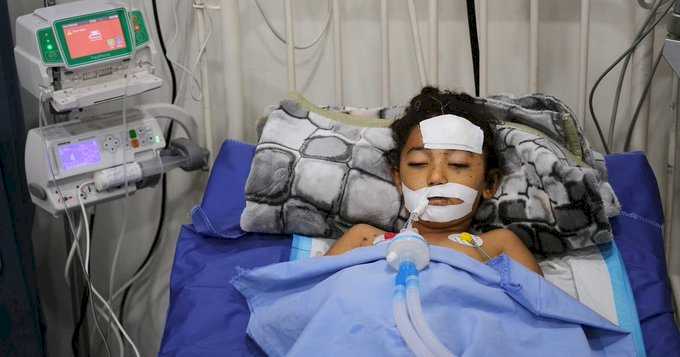




Global News on Umojja.com